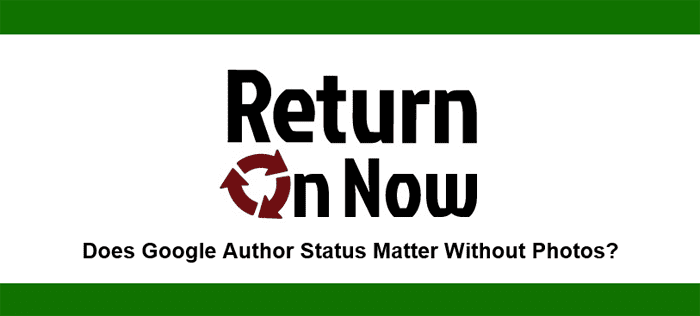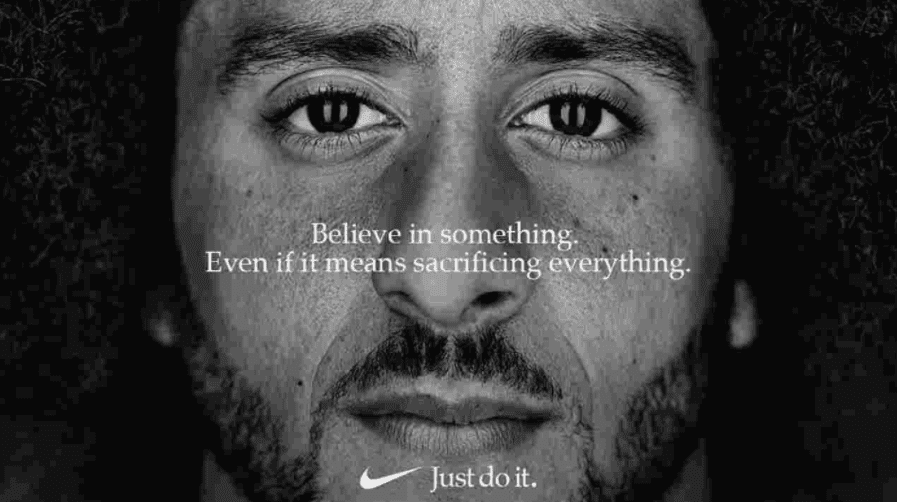The search engine optimization community has been up in arms over the past couple of weeks about the removal of Google Author photos from the search engine results pages (SERPs).
For those of you who are unfamiliar with the Google Author photos and how they’ve appeared in the past, here is a sample:

As you can see, it’s a pretty appealing User Experience (UX) for the authors.
There has been a great amount of talk in the past about how much these photos help increase CTR for organic listings.
In fact, it had become a generally accepted fact that this was true.
Do Author Photos Really Improve Click Thru Rate?
Depending on whom you ask, you will get a different answer to this question.
I can say without a doubt that, anecdotally, I will tend to click on a result with a rich snippet over a generic text listing.
But this is just one person’s behavior, and in reality, picture or no picture, I’ll still behave the same way.
Google ruffled a lot of feathers when John Mueller, during his announcement of the change to the SERPs, said that he didn’t think there would be any material impact to CTR. How could that be true?
I suppose there’s some credence to the idea that pictures of strangers may not grab your attention as well as photos of known contacts or social media “friends.”
Still, doesn’t it make sense that photos of anyone would be more likely to grab your attention than simple text entries?
It’s an accepted fact that rich snippets as a whole can drive higher CTR when analyzed in eye tracking studies.
If one accepts the fact that Google Author photos are just another type of rich snippet, it’s very doubtful that they provide no CTR benefit.
Rand Fishkin even pushed out a pretty quick tweet asking whether Google lied about Google Author photos helping CTR in the past, or whether they are lying now about it not having an impact.
As you can surmise, even the thought leaders of the industry are agast. Take a look here:

So Why Are Google Author Photos Really Being Removed?
Again, there is a wide range of speculation about why this decision was made.
The speculation varies from near conspiracy theory to cross-platform optimization.
Why Google Claims They Removed Author Photos
The original announcement of the change in snippet appearance came by way of Google’s own John Mueller on his Google+ Page. In that update, he stated the following:
We’ve been doing lots of work to clean up the visual design of our search results, in particular creating a better mobile experience and a more consistent design across devices. As a part of this, we’re simplifying the way authorship is shown in mobile and desktop search results, removing the profile photo and circle count. (Our experiments indicate that click-through behavior on this new less-cluttered design is similar to the previous one.)
So basically, his contention is that this is exclusively a UX move that won’t impact CTR much, if any.
While I’m sure the mobile experience is a big deal for them, I struggle to take this at face value.
After all, Google advises us to all create responsive websites so the UX can be optimized to the platform dynamically. Why in the world wouldn’t they take their own advice with the SERPs?
Clearly I’m not alone. Let’s look at what others in the industry are saying.
Speculation on Why Google Author Photos REALLY Vanished
After the initial shock, some of the industry’s bigger names began to dissect the situation.
Both Larry Kim of WordStream and Rand Fishkin of Moz came to similar conclusions rather quickly: that Google Author photos were cannibalizing clicks from Google AdWords.

And Larry Kim presented some of his own data to show that he disagrees with John Mueller’s contention about no impact on CTR:
As is clearly evident from this data, the CTR of the ad after the removal of author photos from the SERPs is much higher. In fact, the CTR of the ad is 44.8% higher than beforehand within this ad group. We tested this data rigorously, and the difference we observed is statistically significant with 99% confidence due to the high number of daily ad impressions (thousands) for this keyword.
I must say, he presents a very compelling argument.
But to be fair, this is data for only one keyword, so it would be irresponsible to say that it’s representative of anything more than one SERP. Still, it’s concerning, to say the least.
Mark Trapenhagen further speculated that Google may have been concerned about the appearance of Google Author photos, as possible endorsement for the authors over the other SERP listings.
Given their supposed mantra of “Do No Evil,” I could see this angle as being at least partially at play.
Now that adoption has increased, but with the majority of authors still not in the program, it makes sense to do what they can to level the playing field.
That very well could be a major factor in what we are seeing this month.
Should We Continue with Author Markup At All?
Let me start by saying the answer is “Yes” without a doubt.
There are several reasons to continue with it. Let’s look at them:
- There will still be rich snippets, they just won’t include the Google Author photo and Google+ circle count any more. Although it’s too early to have hard data on how much, if any, this will impact CTR, it’s better than nothing.
- Google Author photos may still show up in personalized search. It has already been confirmed that Brand / Publisher logos are showing up in personalized SERPs. This is great to see, as it’s the first time Google has taken advantage of publisher markup that has been available for some time now.
- The concept of Author Authority is still alive and well, and Google has not abandoned the idea of using it to help drive rankings in the future. For those of us with a long term view, this has been the carrot all along, and it should continue to be important for as long as Google keeps it under analysis for incorporation into ranking algorithms.
- Authorship qualification has become much easier now – with the streamlining of the program, having the markup implemented correctly is all it takes to qualify. This is great news, because it eliminates the waiting period for Google to officially designate each of us as an author that we saw in the past.
Summary
Who knows if we are getting the full story on why Google Author photos are being removed from the SERPs.
It’s a change that very well may decrease CTR on those listings, but if that’s true, we’re no worse off than we were back in 2010 before Authorship Markup was rolled out.
With simplified snippets, I’d contend that we’re still in a more advantageous place for authors than we were in the pre-Panda days (the first rollout of Panda came just months before Authorship was announced).
So keep pursuing it, adjust to the new reality, and let’s see what Google decides to do with author authority. It’s clear that this story is still unfolding, and nowhere near completion.
Updated December 2, 2025
Tommy Landry
Latest posts by Tommy Landry (see all)
- B2B SEO in 2025: Winning Visibility in AI-Curated Buyer Journeys - December 16, 2025
- Local SEO Meets AEO and GEO: How AI Platforms Read Local Authority Signals - December 9, 2025
- What Is an SEO Proposal and What Should It Include? - December 2, 2025





